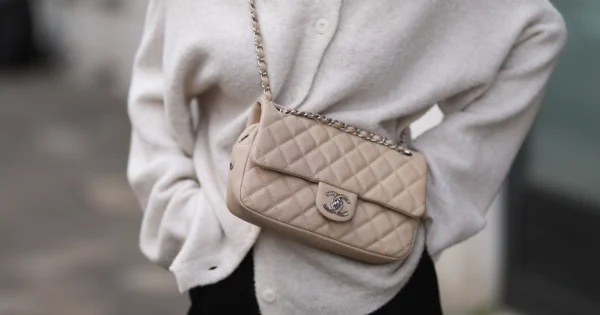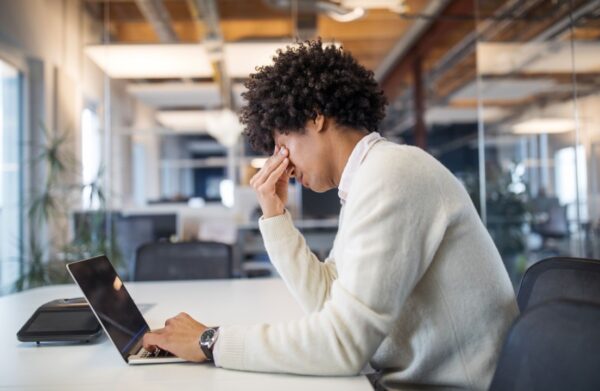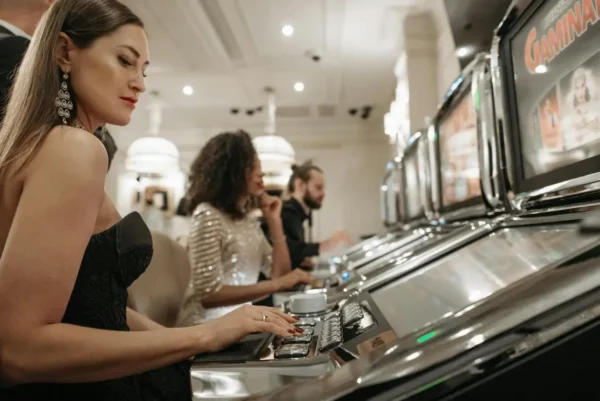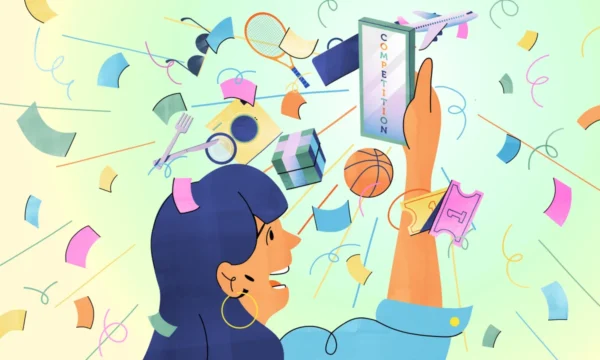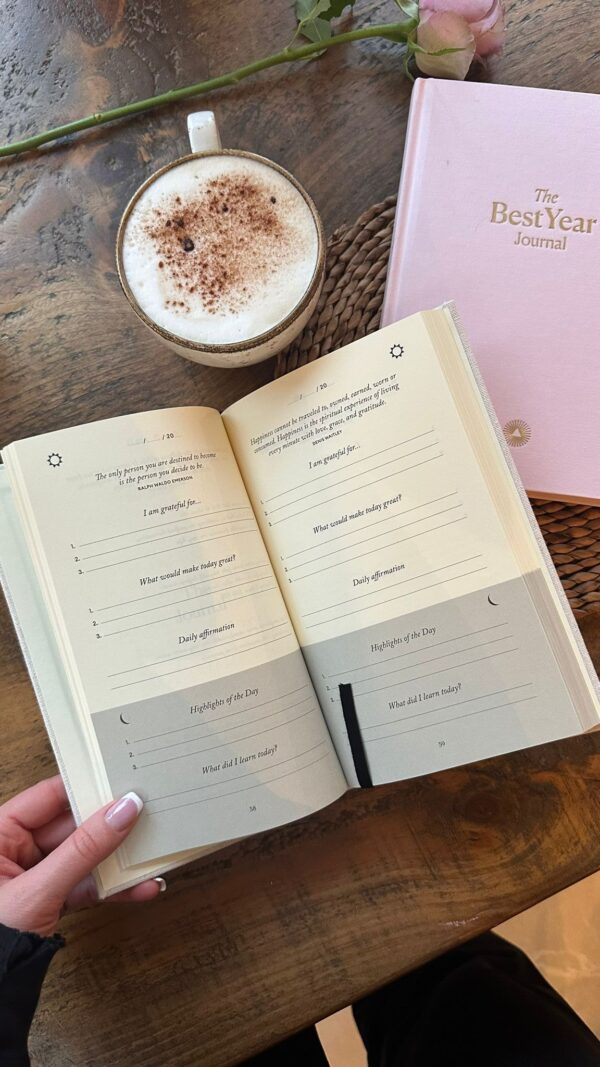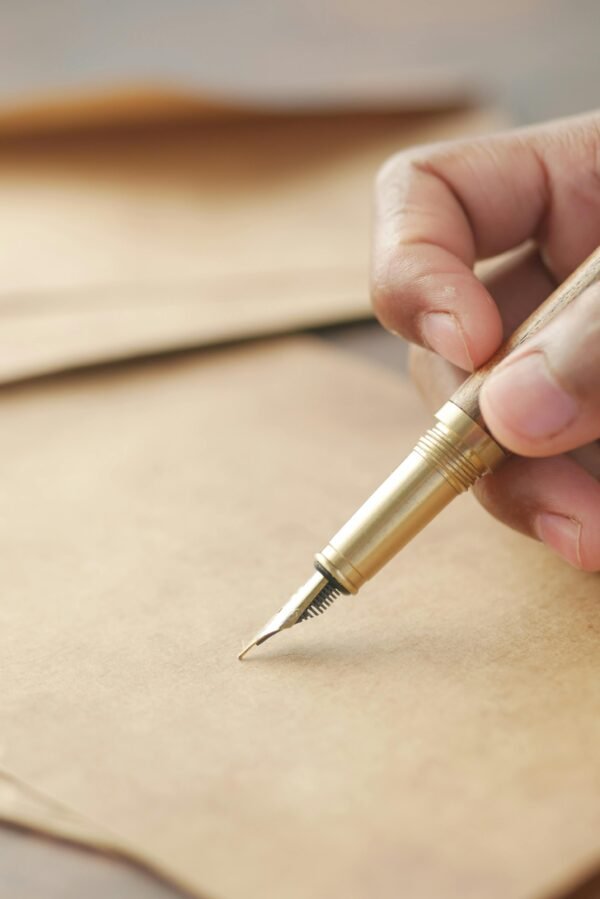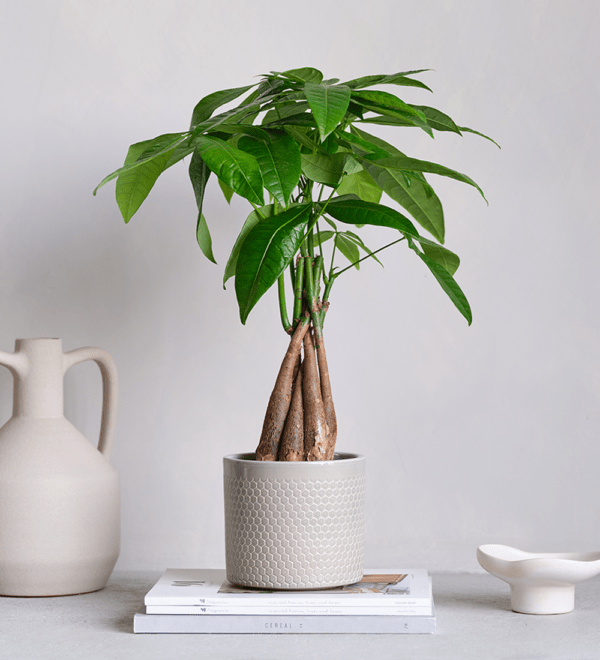
5 Things to Check on a Used Car Before Purchase

A good used car can save you a lot of money nowadays, but only if you’re not getting a jalopy that needs rebuilding from the ground up. So, before you decide to buy a car that’s super cheap and looks good, go through the steps mentioned below. It won’t cost you much, but it can save you a lot of trouble!
#1: Check the General Form
The first thing to check on a used car should be the form. First, make sure it is placed on level ground – this gives you an immediate assessment of the tires, wheel balance, and general lower area of the vehicle (nothing should be sagging underneath).
Next, have a look at the coat of paint. If it’s freshly applied, look for rust points in the most exposed areas (front bumper, the lower thresholds, the roof, and so on). If it’s not new, look for signs of chipping and make sure there are no bumps, hits or scratches.
Also, check the tires for uneven wear (or feathering) – this can indicate bad alignment or worn steering elements. Purchase new nissan tires if your current tires are already worn out.
Quick tip: run your fingers along the edges of the joints, looking for rough areas. If you find any, the owner may have used masking tape to hide rust.
#2: Check the Trunk
Many car owners will pay attention to the car’s interior when preparing it for sale, but they forget about the trunk. Make sure to check it and look underneath everything. Check for signs of wear, puncture marks, rust, or signs of humidity.
If the boot is not in good condition, there may be other hidden problems to the vehicle. For instance, a car like a Peugeot has a spacious boot, but it is well-padded so you’d have to check underneath it to make sure everything is in order.
#3: Check the Frame
It is crucial that you inspect the frame thoroughly because it can signal that the vehicle was involved in a crash. Check for the bolts that connect the panels together – if you see scratches on their heads, the frame was re-pieced.
If you didn’t already have this information, the owner may be hiding more than just a bump. Check the public records to learn if the car was indeed in a serious crash and take it to a specialised service that can give you more detailed information.
#4: Check Under the Hood
This step is important, but you also need to have at least basic knowledge on how a car works. First, look for signs of rust, dents or damage. Any of these signs show the car was not properly taken care of and you may want to reconsider your decision.
If everything looks good, check for the fluids: the brake fluid should be red and at the right level in the reservoir and so should be the engine oil (clear and in good shape). When checking the oil, try to identify any smells that could indicate burning – you don’t want that!
Next, check the antifreeze for any signs of oil or any other strange elements. Move on to hoses, belts, and wires – everything should be in good condition (no cracks) and ready for the road. You may also ask an auto repair technician to inspect the vehicle to ensure that it is still in overall good condition.
#5: Look Underneath
Finally, once you went through all the steps above, it’s time to have a look under the car. Here have a look at the exhaust system (usually the first one to get damaged) and any corrosion or signs of rust. You may consult an expert in exhaust repair to have an idea on the possible repair cost. For auto repair Lynchburg call Ed’s Automotive, Inc.. Take a look at the wheels system and inspect every element’s health.
Finally, you should always do a sense check on the value of the used car. All vehicles depreciate (some less than others) so comparing the price to similar models is a necessary step to take.









